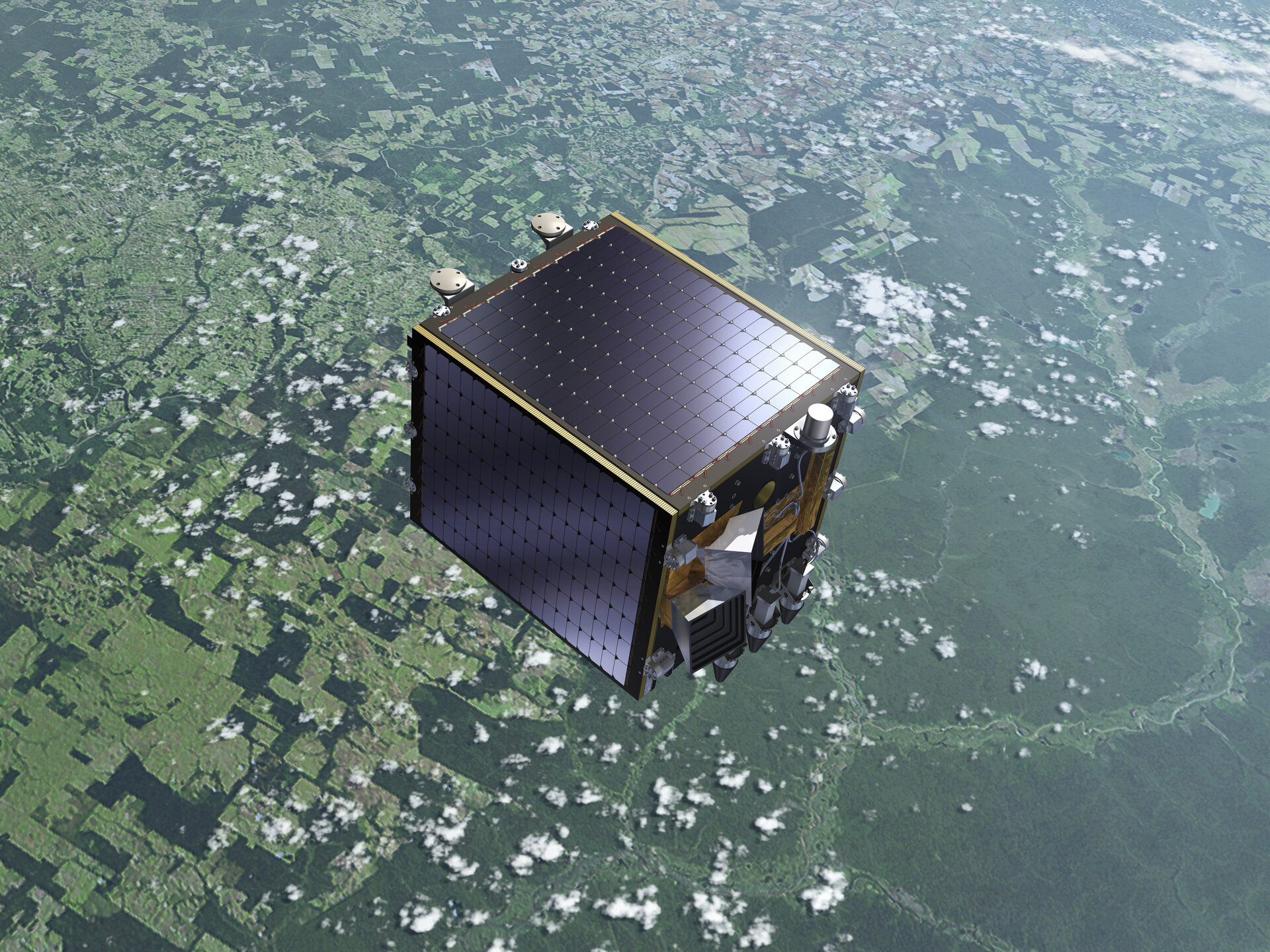Mission
Daily global coverage of Earth is an ambitious enough goal for a full-sized mission but Proba-V will be performing it from ESA’s smallest satellite platform – smaller than a cubic metre.
For the past 12 years the Vegetation instrument aboard the full-sized Spot-4 and Spot-5 satellites of French space agency CNES has been recording global vegetation and land cover changes.

Vegetation’s extremely wide 2250 km multispectral viewing swath gives it the ability to revisit virtually all locations on Earth on a daily basis. Vegetation imagery has found many uses in environmental monitoring and climate-change studies. Its wide-area views have also supported disaster relief.
However there are no plans to fly further Vegetation sensors aboard follow-on Spot satellites. Instead ESA and the Belgian Federal Science Policy Office began work to fly a cut-down version of the instrument to continue delivering data to Vegetation’s well-established community of users. Continuous, consistent data allow scientists to track gradual environmental changes – gaps in coverage impact the effectiveness of this process.
But with Spot-5’s Vegetation instrument expected to end operational service by 2013, to prevent any data gap the new mission needs to be in orbit by 2012. The Proba platform has therefore been selected to host a new Vegetation instrument: the flight heritage of the Proba series enables broad reuse of the satellite system and subsystems design.

The project is proceeding on an ‘end-to-end’ basis with the focus on the end user. At the same time as the space and ground segment are being designed so is the user segment – the infrastructure needed to transport the data from orbit to its end users. As part of this approach, a System Performance Simulator allows the Proba-V team to estimate the quality of the data delivered to users as the engineering process proceeds. If necessary, they can go back and retrofit the mission design to enhance quality.
Proba-V’s orbit will match that of the current Spot satellites: a polar orbit at 820 km altitude that is Sun-synchronous in nature, with the same local time at the descending node, meaning that it crosses a given point of Earth’s surface at the same local time and illumination conditions.


